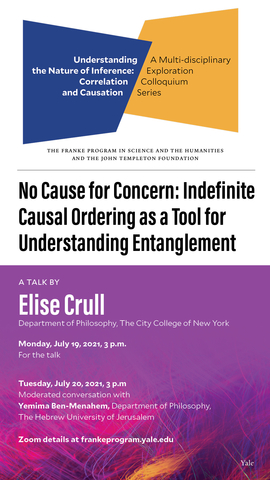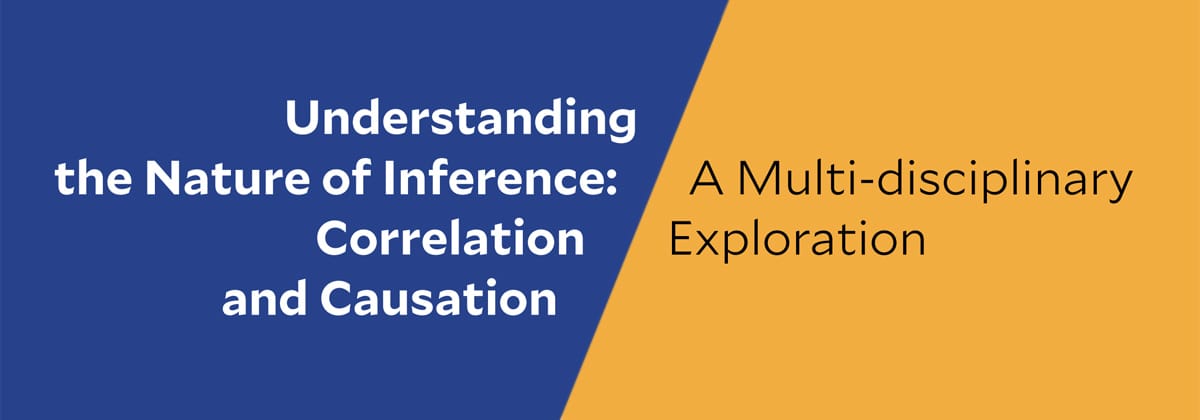
A fundamental point of quantum mechanics is that causality is notoriously hard to comprehend because of non-local correlation. This peculiar quality of causality and space-time structure has been one of the greatest puzzles in physics and philosophy. In quantum theory, non-fixed quantities are subject to quantum uncertainty, which is explained by the causal structure being non-fixed. As a result, whether two events or observations are coherent or not depends on the metric, and the metric depends on the behavior of matter. It follows from quantum theory that everything that is variable has a quantum uncertainty associated with it. It is never a matter of fact whether two events are separated by time or not, so a theory of quantum gravity is likely to have an indefinite causal structure. However, some physical processes, such as quantum decoherence and environmental-induced decoherence, do not fit the classic causal structure since they interact quantum-mechanically with external or independent degrees of range in the environment.
Since quantum correlations allow indefinite causal ordering, this field of study has been very prolific. New insights have been gained on quantum computing, quantum communications, and quantum gravity, as well as fundamental quantum phenomena. In quantum physics, the background time or definite causal structure is inherent, and if one assumes that quantum mechanical laws apply to causal relations, one might have circumstances in which the causal order of events is not always certain, but is subject to quantum uncertainty.
During her talk, Professor Crull will discuss the importance of indefinite causal ordering in allowing us to better understand quantum entanglement, the central property of quantum mechanics. As a result of quantum mechanics, particles can undergo several different processes in an ordered state or superposition of orders. In these situations, processes are subject to quantum-level uncertainty and because of this quantum computation and communication complexity will be enhanced. It is not an easy task to design environmentally stable qubits in quantum computation, which is the key to quantum modeling. Quantum bits are quantum systems that exist in two states and are expressed in binary language, but also encode data through superpositions of those states as well as through their entanglement with other qubits, owing to their quantum nature. As this enriched coding language increases computation power Significantly, the benefits come at a cost: in order to maintain the information integrity, qubits must be protected from segregation in an environment specifically designed to ensure isolation. It follows that causal explanations appeal to normative considerations which subjects might disregard, making descriptions of actions and events unique entities, which cannot be combined or placed alongside one another.
Processor Crull will also discuss the traditional philosophical view of cause as a relation among independent events. In causality, we see how one event influences another event (or events). Despite the apparent lack of a relationship between events in the case of independent events, the causation is present.
– Gaurav Lohkna

